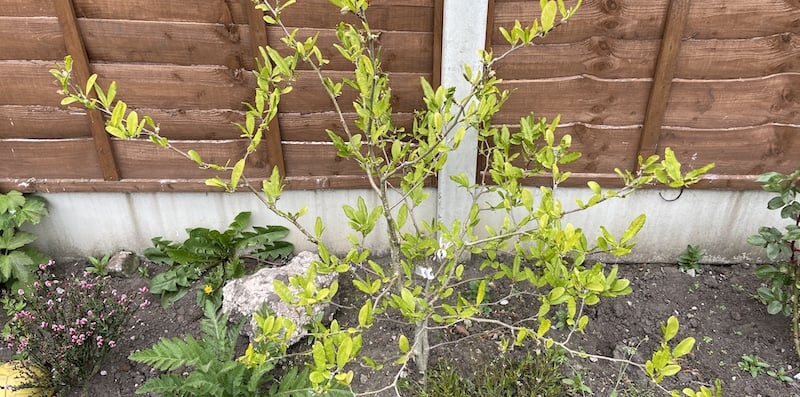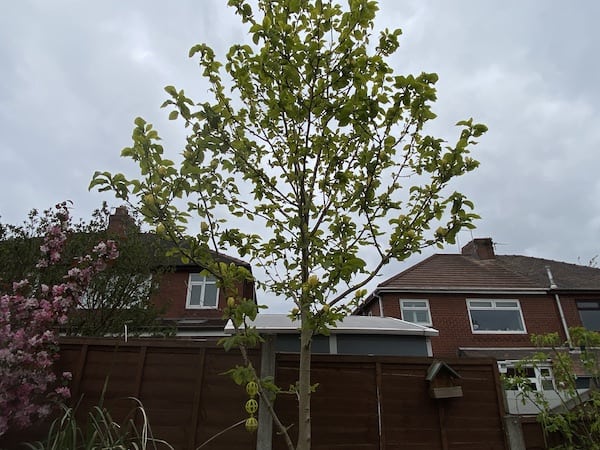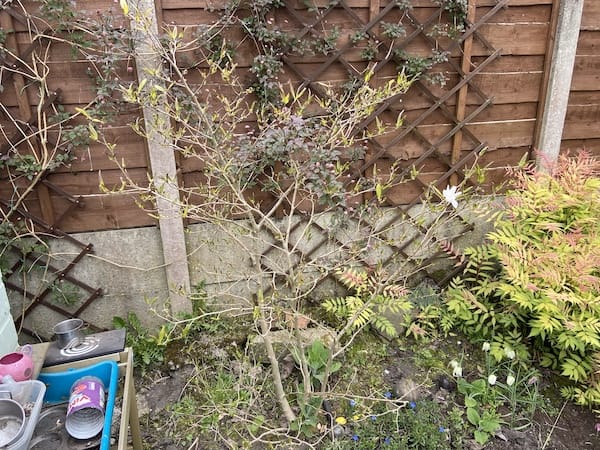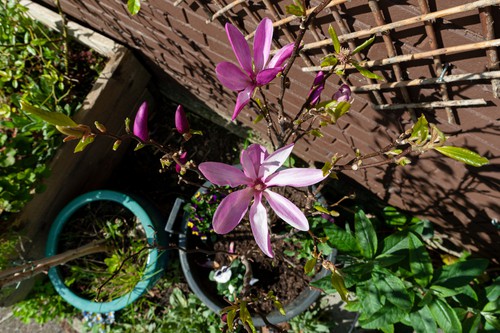
Where is the best place to plant a magnolia tree?
Our site is reader supported, this means we may earn a small commission from Amazon and other affiliates when you buy through links on our site.
It’s difficult to move a magnolia tree once you’ve planted it. So take some time to scout out the perfect location before you plant a magnolia tree. I tell you about its preferred location, soil, and amount of sunlight and heat.
Location
Magnolias need to be in sheltered places, out of any winds or rainstorms. Don’t plant your magnolia in a wind corridor or where it’s completely exposed. While most magnolias are excellent as lawn trees, make sure that there’s some plants nearby (but not too close) that act as a wind break.
Choose somewhere where the magnolia tree has room to grow out to its full potential. Although that’s many years away, you don’t want to have to gingerly dig up a mature magnolia tree, roots and all, to move it if it becomes too large for its space. Alternatively, you don’t want to have to keep pruning back a healthy tree to keep it small enough to fit in where you first planted it. Think about the future layout of your garden in a few year’s time.
Evergreen magnolias work well as plants that you train to grow up a wall. This gives them the shelter they need as well as the warmth. Larger deciduous magnolia trees look best alone against a background that shows up their amazing blooms; smaller deciduous trees work well in flower beds of larger plants and shrubs.
If your magnolia tree is heavy or has just one trunk, make sure to stake it in place when you plant it. This helps it not be rocked by wind which can tear the sensitive roots and damage the tree’s chance of survival.
Soil
All magnolia varieties and types like moist, organic soil, that’s a little on the acidic side. Use a pH kit to test the acidity/alkalinity of the soil in your chosen planting location. You’re looking for a pH of pH7 (neutral) or pH5 or pH6 (that’s slightly acidic). Anything other than this requires you to add compost and maybe some minerals to the soil to adjust its pH to within the required range.
The soil should be well-drained but not too much so that it dries out quickly. Avoid a drought-or-flood scenario in which the soil dries out completely and then you flood it with a great volume of later. This shocks the magnolia tree and can generate ill health for it. Adding some sand to the soil helps with drainage.
Placing organic compost on top of the soil as mulch serves several purposes. It feeds nutrients down into the ground and to the plant’s roots, giving it nourishment to generate energy for growth. In addition, it helps prevent water loss through evaporation from the soil surface; this keeps the moisture in the soil.
Sunlight and heat
Magnolias need full sunlight and some heat to thrive. If you grow evergreen magnolias against a wall, the heat that the wall retains during the day provides enough warmth for the plant. Just make sure that the plant isn’t in complete shade. Remember it needs several hours of sunshine from the periods before and after noon each day.
Deciduous magnolias also need full sun and the warmth that goes with it.
All magnolia trees are harmed by a hard frost. Check how low a temperature your chosen variety of magnolia can handle.
A solution to all the problems
You may have your heart set on a particular species of magnolia tree but you don’t have the right soil in your chosen location. One way to get what you want is to grow your magnolia in a large pot or container. You control all the conditions inside that growing environment. You can provide your plant with all that it specifically needs. Remember, however, that plants in containers dry out quickly, so be extra careful to keep your magnolia well watered and fed. I recommend using a John Innes compost as its soil based and retains moisture.
You can learn more about how to grow a magnolia tree here, if you have issues with them not producing flowers read my guide here or perhaps your magnolia has been attacked by pests.


